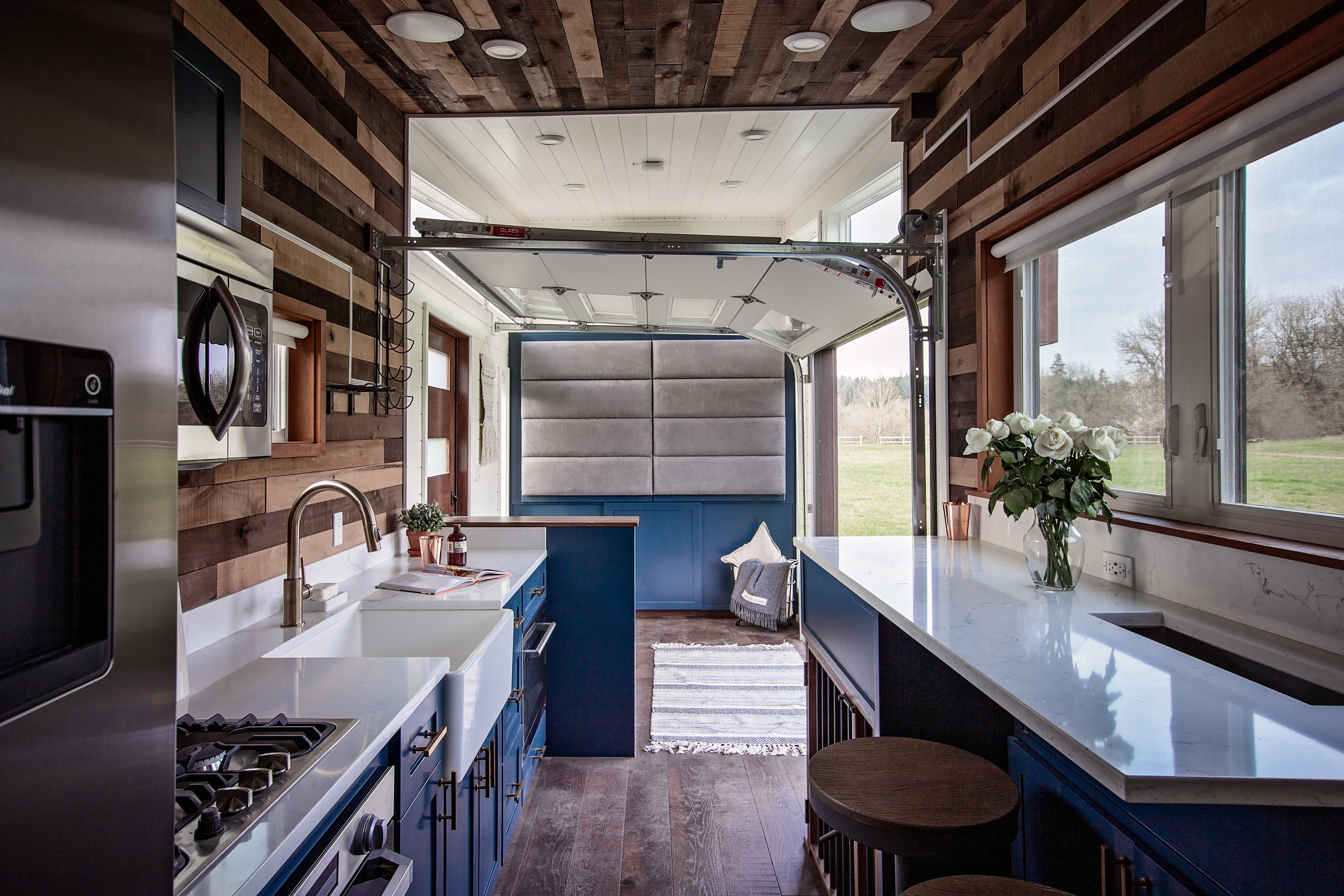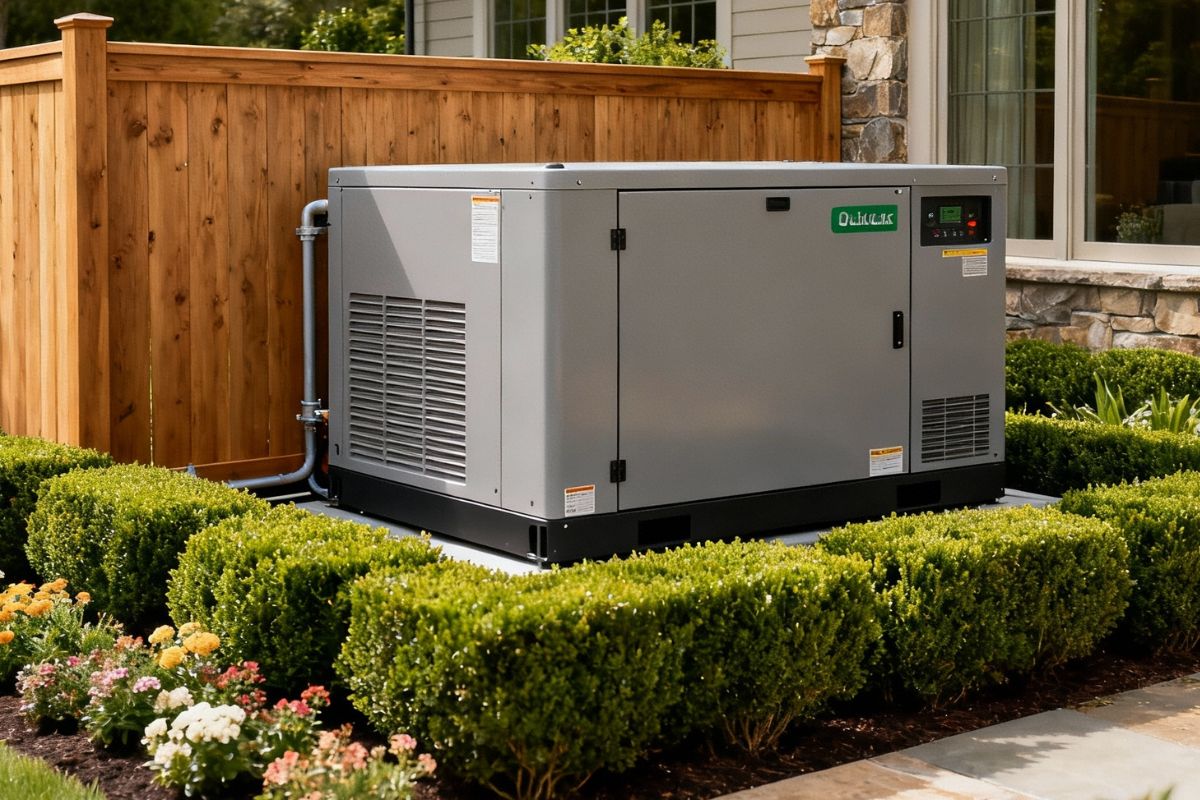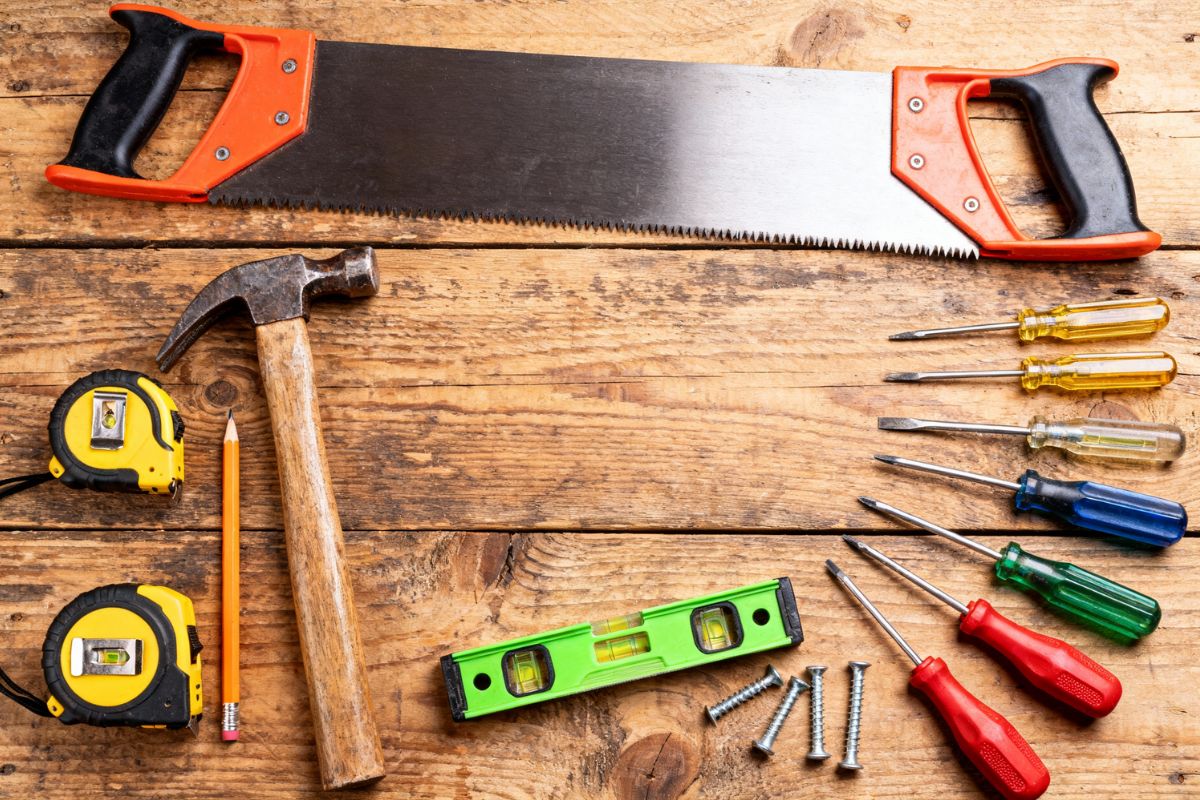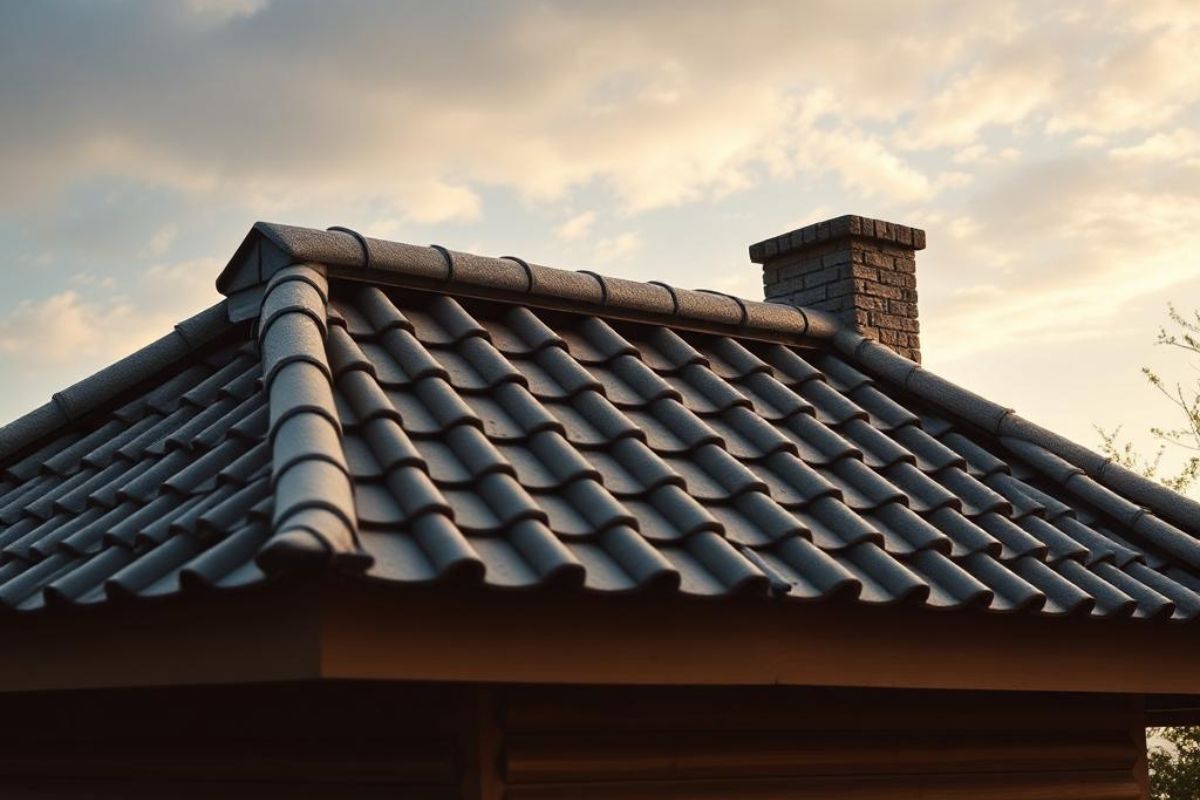When designing a tiny house for seniors, prioritize accessibility with open floor plans, wide doorways, and ramps. Opt for smart storage like pull-out pantries and vertical options. Safety is paramount, so include grab bars and non-slip mats.
Customize with personal decor, engage in local community activities, and guarantee energy efficiency with LED lights and solar panels. Embrace the benefits of downsizing, focusing on comfort and adaptability. Discover how these considerations transform tiny home living for seniors.
Key Takeaways
-
Open floor plans with wide doorways improve mobility and accessibility for seniors in tiny house designs.
-
Smart storage solutions, like pull-out pantries, maximize space and organization without cluttering the living area.
-
Safety features, such as grab bars and non-slip mats, enhance security and prevent falls.
-
Energy-efficient elements, including LED lighting and proper insulation, reduce costs and improve comfort.
-
Customizable layouts and multifunctional furniture adapt to personal preferences and lifestyles, ensuring comfort and ease.

Accessible Layouts for Easy Mobility
When designing tiny houses for seniors, creating accessible layouts is essential for guaranteeing easy mobility. You should focus on open floor plans that minimize obstacles.
Wide doorways and hallways allow for easier navigation, especially for those using mobility aids. Placing essential rooms like the bedroom and bathroom on the ground floor eliminates the need for stairs, reducing fall risks. Consider installing ramps instead of steps at entrances to enhance accessibility.
Use lever handles on doors and faucets, making them easier to operate. Ascertain there's ample lighting throughout to prevent accidents, and incorporate non-slip flooring for safety. By prioritizing these elements, you’ll create a space that not only supports independence but also enhances the quality of life for seniors in their tiny homes.
Smart Storage Solutions for Seniors
Designing smart storage solutions for seniors in tiny houses requires creativity and practicality. You can maximize space by utilizing vertical storage options like wall-mounted shelves and tall cabinets.
Consider installing pull-out pantries and drawers, which make accessing items easier without bending or reaching. Use multi-functional furniture, such as ottomans with hidden compartments or beds with built-in storage underneath.
Think about organizing items by frequency of use. Keep daily essentials within arm's reach, while storing seasonal items higher up. Labeling bins and shelves guarantees everything has a designated spot, reducing clutter.
Magnetic strips for metal tools or spice racks can save counter space. Finally, make sure that all storage solutions are easy to access and operate, keeping functionality a top priority.
Safety Enhancements for Peace of Mind
Guaranteeing safety in tiny houses for seniors is essential for peace of mind. Start by installing grab bars in key areas like the bathroom and kitchen. They provide extra support and stability. Use non-slip mats to prevent falls, especially in wet areas.
Ascertain that lighting is adequate and motion-activated, which helps avoid fumbling in the dark. Consider lever-style door handles, as they’re easier on arthritic hands compared to traditional knobs.
Smoke and carbon monoxide detectors are must-haves. Regularly check and maintain them. Install easy-to-reach emergency call buttons or a reliable alert system for quick access to help if needed.
Keep pathways clear and clutter-free to minimize tripping hazards. These enhancements create a secure environment, allowing seniors to enjoy their tiny home with confidence.
Customizing Tiny Homes to Personal Preferences
Personalizing a tiny home lets seniors create a space that truly reflects their tastes and needs. Start by choosing colors and decor that bring you joy and comfort.
Consider multifunctional furniture, like a sofa bed or foldable dining table, to maximize space without sacrificing style. Storage solutions are essential—opt for built-in shelves or under-bed compartments to keep things organized.
Don't forget about accessibility. Easy-to-reach cabinets and lever-style door handles can make everyday tasks simpler. Lighting is vital; choose adjustable options to suit your reading or relaxing time.
Customize the layout to match your lifestyle, whether you love cooking or need a cozy reading nook. Remember, your tiny home should be a sanctuary that caters to your personal preferences and routine.

Energy-Efficient Features for Cost Savings
When planning your tiny home, incorporating energy-efficient features can greatly reduce costs and environmental impact. Start with proper insulation to regulate temperature, keeping your home cozy while saving on heating and cooling bills.
Choose energy-efficient windows that minimize heat loss. Install LED lighting, which consumes less power and lasts longer than traditional bulbs.
Consider energy-saving appliances designed for smaller spaces. A tankless water heater provides hot water on demand, improving efficiency.
Solar panels can be a worthwhile investment, harnessing renewable energy and potentially eliminating electricity bills. Don’t forget about water-saving fixtures, like low-flow faucets and toilets, to cut down on water usage.
These features not only reduce your carbon footprint but also lead to significant savings over time.
Creating a Cozy and Inviting Living Space
Transforming your tiny house into a cozy and inviting living space is all about maximizing comfort and functionality without sacrificing style. Start by choosing multi-purpose furniture, like a sofa bed or a fold-out table, to make the most of limited space.
Use soft, warm textiles for pillows and throws to create a welcoming atmosphere. Incorporate layered lighting with dimmable options to set the mood and improve visibility.
Opt for a neutral color palette with pops of color through accessories like rugs and artwork to keep the space visually appealing. Personalize your living area with cherished mementos or photos that bring joy.
Finally, guarantee easy access to essentials by organizing storage solutions that keep clutter at bay and maintain a neat, calming environment.
Outdoor Living Spaces for Relaxation
Even in a tiny house, creating a serene outdoor living space can greatly enhance relaxation and enjoyment. Start by maximizing your available area. A small deck or patio can serve as a perfect spot for morning coffee or evening relaxation. Choose comfortable, weather-resistant seating that fits your style and space. Think about adding a small table for convenience.
Incorporate greenery with potted plants or a vertical garden to bring nature closer. Use solar-powered lights to create a cozy atmosphere when the sun goes down. Consider shade solutions like a retractable awning or a large umbrella to protect from harsh sun.
Multi-Functional Furniture for Versatility
In a tiny house designed for seniors, multi-functional furniture is crucial for maximizing space and enhancing versatility. You’ll want pieces that serve more than one purpose to make the most of limited room.
Consider a sofa that converts into a bed or a dining table that doubles as a workspace. These items guarantee you’re not sacrificing comfort for functionality.
Look for furniture with built-in storage, like ottomans or benches with compartments. They help keep your space tidy and organized. Wall-mounted fold-down desks or tables can also save floor space while providing utility.
When choosing materials, opt for lightweight, durable options that are easy to move. Prioritizing multi-functional furniture creates a practical and adaptable living environment tailored to your needs.
Navigating the Downsizing Process
While downsizing might seem overwhelming at first, breaking it down into manageable steps can ease the shift. Begin by evaluating what you truly need in your new tiny home.
Prioritize essentials, such as clothing, kitchenware, and sentimental items that bring joy or utility. Next, categorize belongings into keep, donate, and discard piles. This helps streamline decisions and reduces clutter. Consider selling or donating items that don’t fit your new lifestyle.

Utilize storage solutions creatively to maximize space in your tiny home. Opt for digital versions of photos and documents to save physical room. Finally, involve family or friends in the process for support and assistance. With thoughtful planning, downsizing becomes an opportunity to embrace simplicity and enjoy a cozy, efficient living space.
Tips for a Smooth Transition to Tiny Living
Shifting to a tiny home can feel challenging at first, but with the right approach, it becomes manageable and rewarding. Start by decluttering thoughtfully. Keep only items that are essential and bring joy.
Plan your space smartly, using multifunctional furniture to maximize every inch. Think vertically to optimize storage. Before moving in, spend time in a similarly sized space to get a feel for it. Prioritize comfort by ensuring your new home meets your accessibility needs, like wide doorways and slip-resistant floors. Stay connected with your community by establishing routines and finding local activities.
Embrace change with an open mind, remembering that adaptability is key. Enjoy the simplicity and freedom that tiny living offers while maintaining a fulfilling lifestyle.
Conclusion
Embracing tiny house living as a senior can be a rewarding journey. Focus on accessible layouts for mobility and incorporate smart storage to maximize space. Prioritize safety enhancements for peace of mind, and customize your home to reflect your preferences.
Energy-efficient features will help reduce costs, while outdoor spaces offer relaxation. Opt for multi-functional furniture to enhance versatility. As you navigate downsizing, remember these tips for a smooth changeover into a more streamlined, fulfilling lifestyle.






Share: